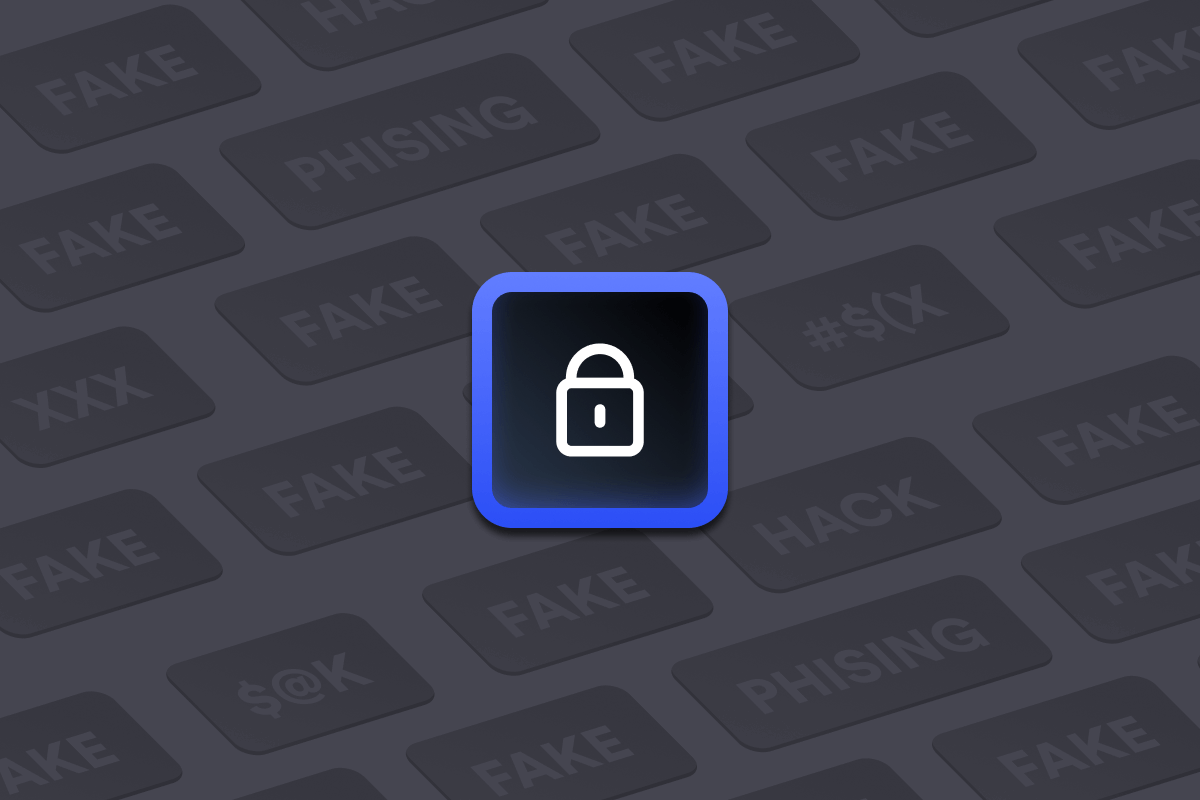
The rise of digital currencies has revolutionized the financial world, opening up new possibilities for trade, investment, and wealth creation. However, this digital frontier also brings with it a host of security challenges, one of the most prominent being phishing attacks. Learning how to spot crypto phishing attacks and understanding these threats is the first step towards safeguarding your precious crypto assets.
What is Phishing?
Phishing is a type of cyber attack where a malicious actor masquerades as a reputable entity or business to deceive individuals into revealing sensitive information such as passwords, usernames, or credit card details. It’s a classic case of wolves in sheep’s clothing, leveraging psychological manipulation and exploiting human vulnerabilities rather than software or hardware weaknesses,
Phishing is often carried out through fraudulent emails, persuading the recipient to enter sensitive details into a phony website. These emails may request users to reset their password or confirm their credit card details, directing them to a counterfeit website that mirrors the original. It’s a sinister world of digital doppelgängers, where everything may not be as it seems.
In the cryptocurrency ecosystem, phishing is a prevalent and potent threat. Attackers may spoof real websites, replacing the wallet address with their own, tricking users into thinking they are making a legitimate transaction when, in reality, they’re lining the attacker’s pockets.
Understanding Phishing in the Crypto World
Phishing is a fraudulent practice where attackers attempt to gain access to your sensitive information by pretending to be a trustworthy entity. In the context of cryptocurrency, this usually involves tricking you into revealing your wallet’s private keys, passphrases, or login credentials.
Common Crypto Phishing Methods
Phishing attacks in the crypto world are increasingly sophisticated and can take many forms. Here are some of the most common methods:
-
Email Phishing: This is one of the most common forms of phishing. Attackers send emails pretending to be from a reputable crypto exchange or wallet service. These emails often contain a link that redirects to a fake website where your login credentials are stolen. Always be suspicious of unsolicited emails and never click on links from unknown sources.
-
Website Phishing: In this method, scammers create a fake version of a legitimate crypto website. The goal is to trick you into entering your login details, which are then stolen, or signing a transaction from your wallet, which then gives them access to move your funds. These fake websites can often look incredibly authentic, so always check the URL carefully before entering any information.
-
Mobile Phishing: Phishing attacks are not limited to emails and websites. Attackers can send you a fraudulent SMS or create a fake app to steal your credentials. Always be cautious when downloading new apps and never give out your personal information in response to an unsolicited text message.
-
Social Media Phishing: With the rise of social media, attackers have found a new platform for their scams. They might create fake accounts and pretend to be customer service for a popular crypto exchange or wallet service. Be wary of unsolicited messages on social media, and always double-check the authenticity of the account.
How to Spot Crypto Phishing Attacks
Phishing attacks can often be sophisticated and convincing, but there are several key signs that can help you spot them:
- Check for SSL: Legitimate websites have SSL encryption. Look for “https” in the website URL.
- Be cautious of emails: Be skeptical of emails asking for your login credentials or personal information. Legitimate companies will never ask you to provide sensitive information via email.
- Verify URLs: Always check the URL of the website you’re visiting, especially when you land there from an email link. Look for misspellings, unusual characters, and other irregularities in the URL. Anything that looks out of place should trigger your inner alarm.
- Download apps from trusted sources: To safeguard your crypto assets, make sure to download wallet apps, like ours available on Google Play and the App Store, from trusted sources only.
- Double-check social media accounts: If you receive a message from a company on social media, always double-check that the account is verified. Don’t provide any sensitive information through social media messages.
- Remember: Never share your private keys: Nobody should ever have a reason to ask you for your private keys or seed phrase. Not Customer Support, not the Website or Product you want to interact with and definetly not some stranger that messaged you over the internet.
Conclusion
As exciting as the crypto world is, it’s equally important to stay vigilant about potential threats. Knowing how to spot crypto phishing attacks is a key step in securing your digital assets. And remember, if something seems too good to be true in the crypto world, it probably is.


